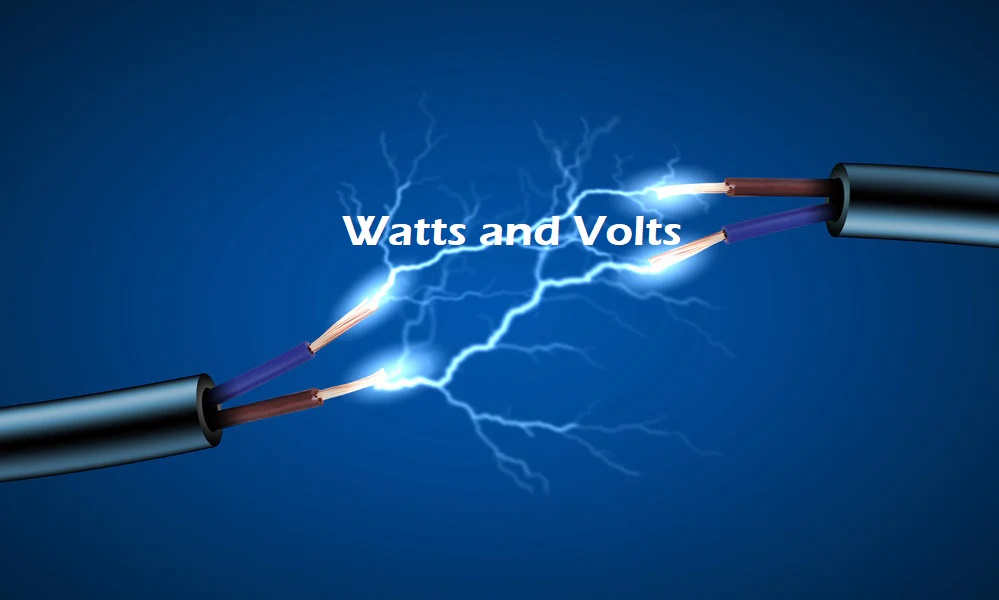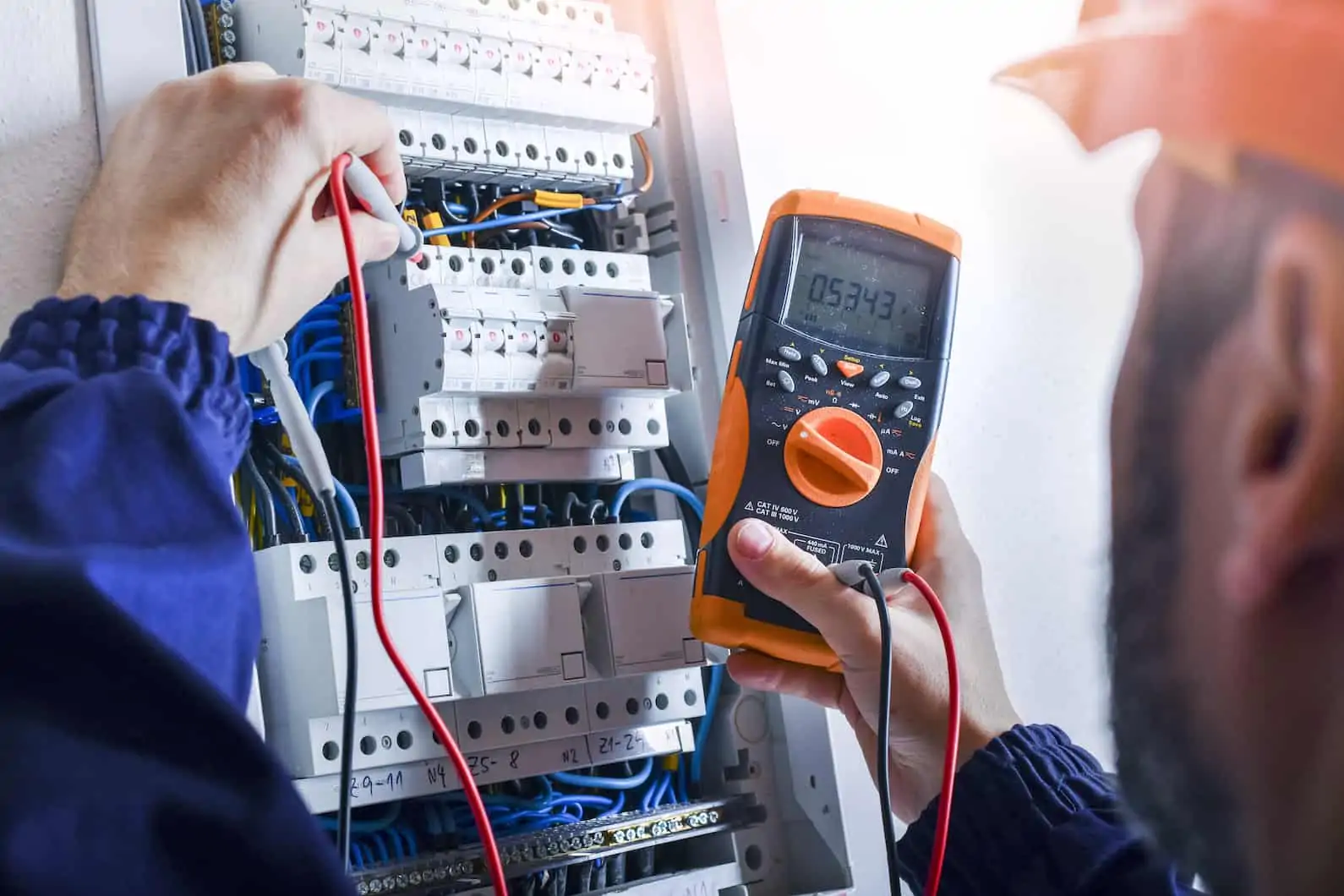Do you ever wonder what the relationship between watts and volts is? If so, you’ve come to the right place! In this article post, we’ll explain the relationship between watts and volts so you can have a better understanding of electricity.
With wattage being a measure of energy and voltage being the force that moves electricity, it’s important to understand how they interact with each other when it comes to watts to volts. So, let’s explore the fascinating relationship between watts and volts!
What are Watts and Volts?
Watts and volts are both fundamental units of measurement when it comes to electricity. Watts measure the amount of energy being used, while volts represent the force that moves electricity. Think of watts as the energy consumed by a device and volts as the push that gets the electricity flowing. Understanding the relationship between watts and volts is crucial for comprehending how electricity works. In the next section, we will delve deeper into the formula for converting watts to volts, so stay tuned!
The Formula for Watts to Volts
To convert watts to volts, you can use the formula P (power) = I (current) x V (voltage). This formula allows you to determine the voltage required to deliver a specific amount of power. By rearranging the formula, you can also calculate the current or power given a known voltage. It’s important to remember that this formula assumes a constant resistance in the circuit. Understanding this formula will help you navigate the relationship between watts and volts and make informed decisions when it comes to electrical systems.
Understanding Electrical Power
Understanding electrical power is essential in grasping the relationship between watts and volts. Power is the rate at which energy is used or transferred, and it is measured in watts. In the context of electricity, power refers to the amount of energy consumed by a device per unit of time.
Watts to volts is a conversion that helps us determine the voltage required to deliver a specific amount of power. By understanding electrical power, we can make informed decisions when it comes to designing electrical systems and selecting the appropriate voltage for our needs.
Applications of Watts and Volts
Now that we understand the relationship between watts and volts, let’s explore their practical applications. The understanding of watts and volts allows us to determine the power requirements of various electrical devices and systems. This knowledge is crucial for designing electrical systems, selecting the appropriate voltage, and ensuring efficient energy usage.
Whether it’s calculating the voltage needed for a specific device or determining the power consumption of an entire building, the relationship between watts and volts plays a significant role in the field of electricity. So, next time you turn on a light bulb or charge your phone, remember the fascinating applications of watts and volts behind the scenes.
Conversion Tools and Tips
Now that you understand the relationship between watts and volts, let’s explore some conversion tools and tips to make your life easier. One useful tool is an online watts to volts converter, which allows you to quickly and accurately convert between the two units of measurement. Additionally, when dealing with electrical systems, it’s important to have a multimeter handy.
This versatile tool can measure both watts and volts, giving you real-time readings and helping you troubleshoot any issues. Remember, having the right tools and knowing how to use them can make all the difference when it comes to understanding and working with watts and volts.
Factors that Affect Watts and Volts
When it comes to watts and volts, there are several factors that can affect their values. One of the key factors is the resistance in the circuit. The higher the resistance, the more voltage is required to deliver a specific amount of power.
Additionally, the type and efficiency of the electrical device being used can also impact the relationship between watts and volts. Devices with higher efficiency will consume less power for the same voltage, while devices with lower efficiency may require more power. Other factors such as temperature, voltage drop, and the length and thickness of the wires can also affect the relationship between watts and volts.
Common Misconceptions About Watts and Volts
There are a few common misconceptions about watts and volts that are worth addressing. One misconception is that higher watts automatically mean more voltage. While it’s true that higher wattage devices often require more voltage to operate, it’s not always the case. The relationship between watts and volts is more complex than a simple linear progression.
Another misconception is that volts alone determine the power of a device. While volts are an important factor, the power of a device is actually determined by the combination of volts and amps. It’s important to have a clear understanding of these concepts to avoid any confusion when working with electrical systems.
Safety Considerations When Dealing with Electricity
When working with electricity, it is crucial to prioritize safety. Understanding the relationship between watts and volts can help ensure safe practices. Always be aware of the wattage and voltage requirements of electrical devices, and never exceed their limits. Use proper protective equipment, such as gloves and goggles, when working with electricity.
Make sure to follow proper wiring and grounding techniques to prevent electrical hazards. If you are unsure about any electrical work, it is best to consult a professional. Remember, prioritizing safety when dealing with watts to volts can help prevent accidents and ensure a safe working environment.
⚠ Article Disclaimer
The above article is sponsored content any opinions expressed in this article are those of the author and not necessarily reflect the views of CTN News









